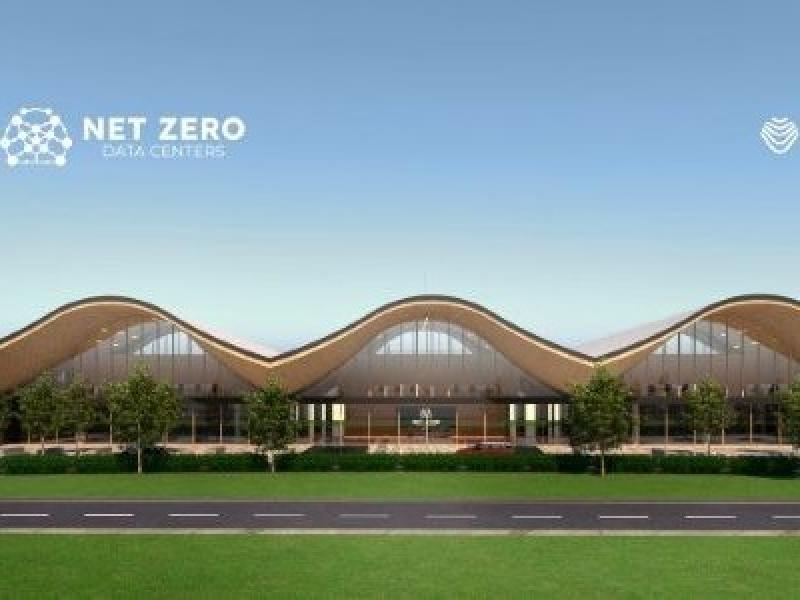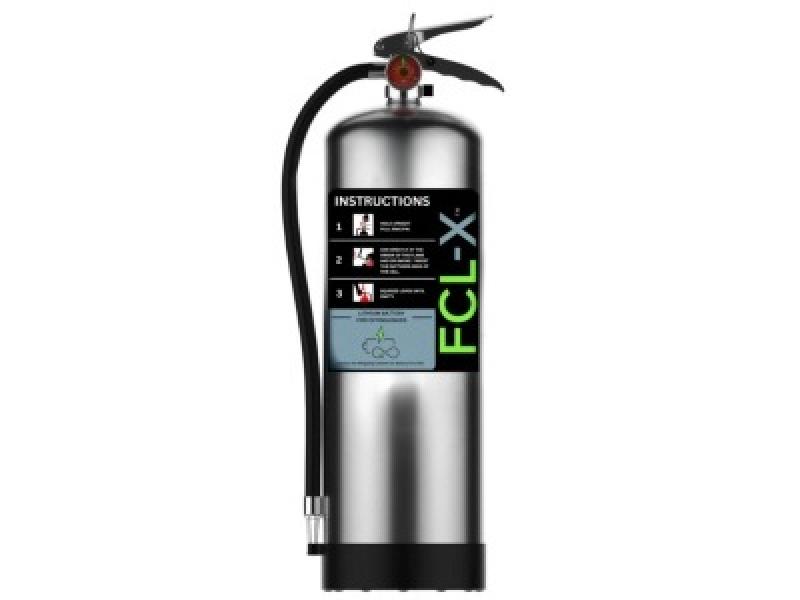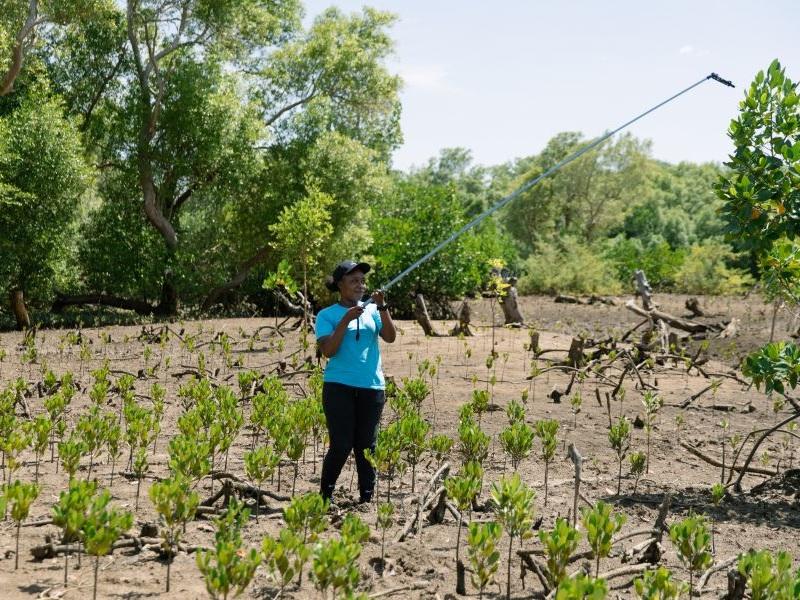
Vision Greens’ vertical farm grows leafy greens, promising local sustainable produce. (Courtesy Vision Greens)
Canadian vertical farming startup Vision Greens has raised $7 million from investors to fill grocery shelves with sustainable leafy greens.
Vision Greens, based in Welland, Ont., offers six products ranging from four varieties of lettuce to arugula and basil. The startup is led by a mix of business figures and advisors from engineering and plant science, headed by CEO Lenny Louis. The technology industry veteran has served as country director and general manager of Tesla Canada, vice president for SAP Ariba and spent 12 years at Microsoft in various leadership positions.
Louis does not see the transition from automobiles and software to vertical farming as disruptive, as he always focused on sustainability and technology across his career. “When I joined Tesla, it was less about selling electric cars; it was more about moving the world to sustainable energy.”
Louis saw Vision Greens as an “opportunity to put a dent in the Canadian food system”, invested in the company and became chief executive. He questioned why there was no accountability for E. coli breakouts of romaine lettuce in 2019, and asked where the contamination originated.
“Is it the fact it’s coming 3,000 kilometres from California? Is it the bad nutrition?” he asked himself. Vision Greens was a chance for him to address the safety, security and sustainability of food in one swoop.
“Perfect plant growing”
The company’s property hosts the vertical farm, which is built with 13 layers of 2,000 square feet carpet area, totalling around 26,000 square feet. The space is equivalent to half an acre of land, Louis said, which can grow 700,000 pounds of produce annually. Saying it can do more with less, the half-acre of land Vision Greens uses can achieve what a traditional farm would need 12.5 acres to do, he said.
Vision Greens has exclusive access to agricultural technology from the University of Guelph’s Controlled Environment Systems Research Facility (CESRF) and Norwegian firm Intravision. The CESRF performs research on growing food in space in partnership with NASA.
Louis emphasized the application of research from the University of Guelph to cultivate the ideal conditions for taste and shelf life. The system uses proprietary lighting with spectral qualities for optimal growth, and an environment with adjustable temperatures, humidity, carbon dioxide and oxygen, all of which is “tweaked for perfect plant growing.”
The Intravision technology enables a fully automated controlled environment platform for agricultural growth at scale production levels. Examples of automation include a harvester, seeder, transplanter for baby plants and built-in elevators that move trays.
Vision Greens is unique in the vertical farming industry because it utilizes human labour for tasks like maintenance, packaging and operating the harvesters and seeders, as these roles tend to be automated. By allowing humans to take over some roles, it keeps costs down and allows it to compete with field-grown products, Louis said.
The addition of a home-grown Canadian leafy green farm may help satiate the Canadian appetite for salads. Canada is the second-largest importer of lettuce in the world, according to the Observatory of Economic Complexity, buying $436 million worth in 2020.
Louis said Canada imports 500 million pounds of lettuce a year, with most coming from California and Arizona.
Sustainable evolution for farming
Vision Greens claims to use 95 per cent less water and land than traditional farming methods and recycles 80 per cent of the fertilized water in a closed-loop hydroponic system, which reduces the amount of fertilizer leakage.
The pesticide and herbicide-free plants are bathed in light from light-emitting diodes, and the energy that powers the Welland farm is hydroelectric, leading to Louis’ claim the farm is energy efficient and runs on clean energy.
Vision Greens also highlights the locality of its farming as a way of cutting back on transportation of lettuce.
Transiting up to 3,000 kms emits greenhouse gases from the vehicles and can take weeks, which also deteriorates the quality of the produce. Meanwhile, Vision Greens’ lettuce can be just 200 kilometres from customers in southwest Ontario, reducing the travel distance by 92 per cent.
With reduced travel and improved quality, “The waste reduction is somewhere in the neighbourhood of 25 per cent just by the fact that it’s consumed locally,” Louis observed.
Large-scale clients for Vision Greens
Vision Green’s produce has caught the attention of Canadian grocers and meal kit companies. The investment has elevated Vision Greens to expand operations and distribute to grocers like Metro, Pusateri’s and Highland Farms, and meal kit company Goodfood.
The leafy greens Vision Greens produces has “demand for the entire volume” said Louis.
He laid out plans to expand into Vancouver, Calgary and Montreal after another fundraise, and turning the company’s one-acre property into five acres with four times the space over three years. He projected the finished area will produce 3.5 million pounds of leafy greens per year.
The company is also exploring the potential to grow beans for plant-based protein, and strawberries.
In addition to improving the quality of the produce, cutting back on food waste from travel spoilage and supporting nutrition, Louis envisions vertical farming as the evolution of agriculture.
“This is a matter of when, not if, when vertical farming will take off. This is the evolution of farming. We have lost, including in Canada, almost one-third of our arable land in the last 40 years and it will continue to lose it, because you can’t just keep depleting the flow and hope that it will keep giving you more food.”









